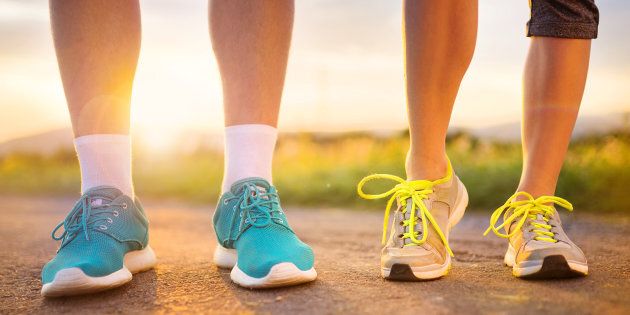
Forrest Gump may have just started running and not stopped, but that's not the best approach when it comes to learning to run long distances.
In fact, even though running seems like a fairly easy exercise to learn on your own, running isn't all that great for the body's joints. As a result, you need to do it right -- or pay the price in injury down the track.
"Continuous running over long periods is not ideal for the vast majority of people. Most people have some level of misalignment in the their feet, and after taking thousands and thousands of steps this can cause varying levels of wear and tear," Daniel Fitzpatrick, podiatrist at Alternative Foot Solutions told The Huffington Post Australia.
"It's very difficult for many runners to maintain good posture through their feet for an extended period of time. As a result, as they start to tire they are unable to maintain good postural alignment through their feet and injuries occur. Unfortunately, studies suggest that most people lose good form after about 15 minutes."
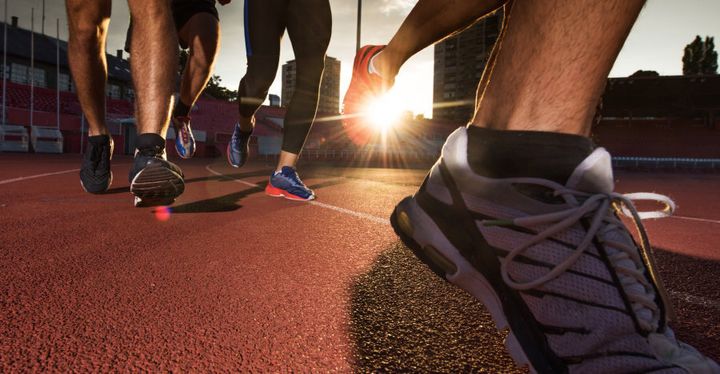
Rebecca Flower, podiatrist at Sydney Podiatry Co, agrees.
"Running is a high impact sport, with our feet absorbing more force than any other part of the body, so it's only natural that as a podiatrist I tend to see more injuries related to running than swimming for example."
"However, many runners' injuries can be prevented and are often a result of running surface, poor conditioning or technique, incorrect footwear and or sock choice and skin and nail conditions that can make runners uncomfortable and miserable," Flower said.
Fitzpatrick works with runners to alignment feet and minimise long-term damage by mobilising the foot into a better position and strengthening the relevant muscles.
"I would rarely recommend someone avoid running altogether, given the other health benefits that this form of exercise offers. I would usually work with that person to minimise injuries," Fitzpatrick said.
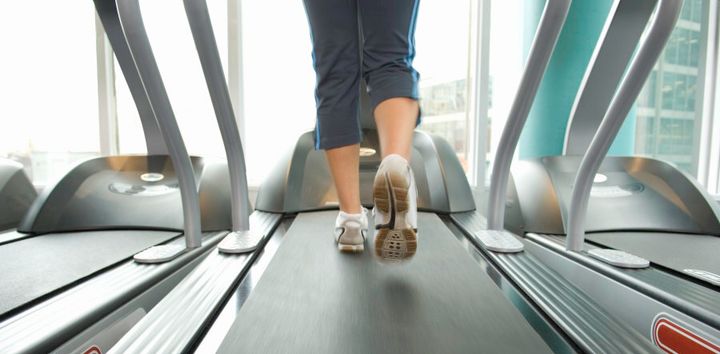
When training for a long run, or to become a runner in general, it's important to take it slow. Literally.
"We know our bodies respond best if we build up gradually. If you're training for a marathon, try to build up your kilometres over a number of months. Most injuries we see in recreational running are caused by the runners trying to build up training too quickly," Fitzpatrick said.
Flower suggests you first start with a visit to your podiatrist or physio for a general "once over".
"This is where we can assess your foot and lower limb biomechanics and running technique -- muscle imbalances, gait abnormalities and foot type .If your foot has any biomechanics abnormalities, this can cause injury risk to not only the feet but further up the chain including, knees, hips and lower back," Flower said.
Not surprisingly, your runners make a big difference.
"Wear good shoes and get them properly fitted. Getting the shoe that's the right size for you to run in is as important as the type of shoe you run in. When buying shoes, make sure you are measured, and even if they make your foot look clunky, I suggest going up at least half a size from your actual foot measurement," Fitzpatrick said.
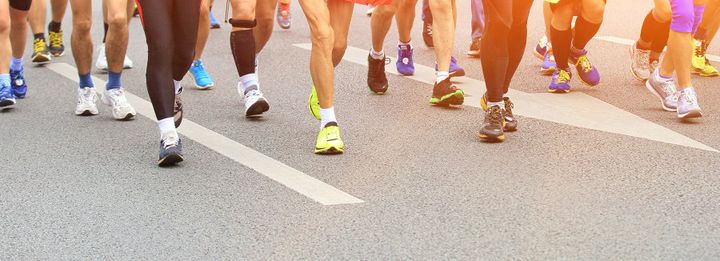
"This may feel strange to begin with, but it will prevent a number of common injuries. Most shoe shops have a 30-day return policy so that you can return the shoes if you get them home and find they are tight or not quite right in some other way."
Somewhat surprisingly, the socks you wear matter, too.
"Socks can be just as important as the shoe and are often the difference between a good and a bad run. When you find a good pair, buy ten! A quality sock will assist in preventing blisters, friction rubs, loss of toenails, sweat-related conditions and reduce footwear irritation. When buying your running socks, look for natural fibres, seam-free or close to, elastic/compressed arch wrap, heel and toe padding. A good running sock should feel firm around the sock without scrunching the toes," Flower said.
Another important step is to stretch your muscles after you run.
"This is hugely important. I would say 50 percent of running injuries would have been avoided if the runners had stretched more. The big one in relation to feet is to stretch your calves more as they have a significant effect on the lower limb," Fitzpatrick said.
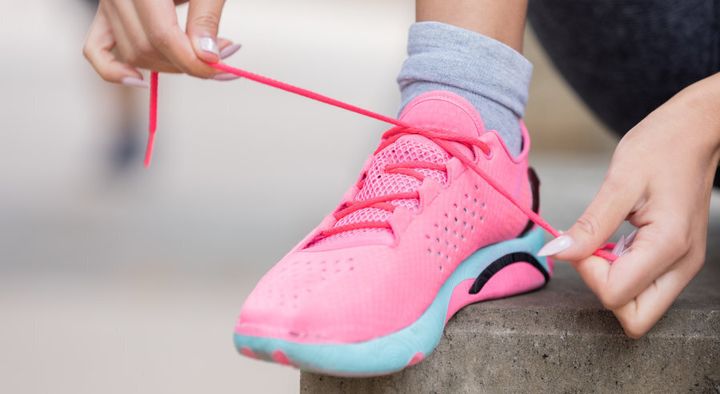
Above all, both Fitzpatrick and Flower urge you to listen to your body when exercising.
"If you start to get niggling pains, I suggest going to get them checked. Most runners we see come in with injuries that they have been struggling with for months. The earlier you get something seen to, the less treatment will be involved and the less it will interfere with your running training. Any pain that hangs around for longer than two weeks isn't just muscle soreness from exercise," Fitzpatrick said.
"We tend to expect our feet to carry us without any 'pre-race conditioning'. We wouldn't row 10km without working on our upper body strength, so why do we attempt to run a marathon without strengthening our feet?" Flower said.
"Each foot has 20 muscles, plus 33 movable joints with an additional 13 more muscles in the leg that attach to each foot. Where there is weakness, there is increased injury risk. Health professionals such as running coaches and podiatrists, through technique analysis, can identify lower limb weakness so that a runner can work through a program to develop strength and technique to become an energy efficient runner. When we attain and maintain good foot strength, your feet work like a well-oiled machine."
ALSO ON HUFFPOST AUSTRALIA